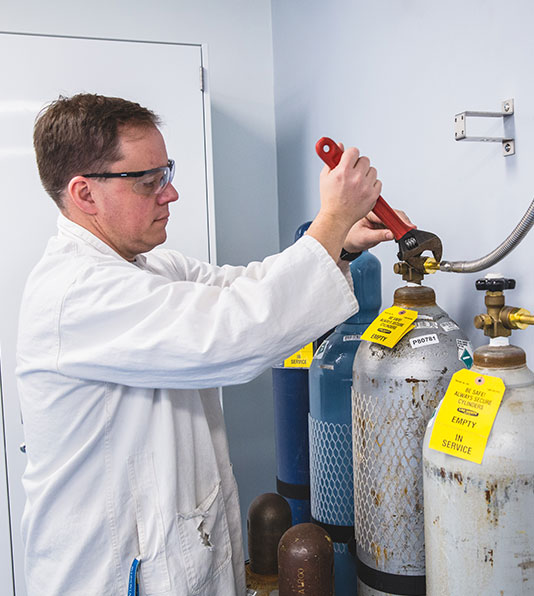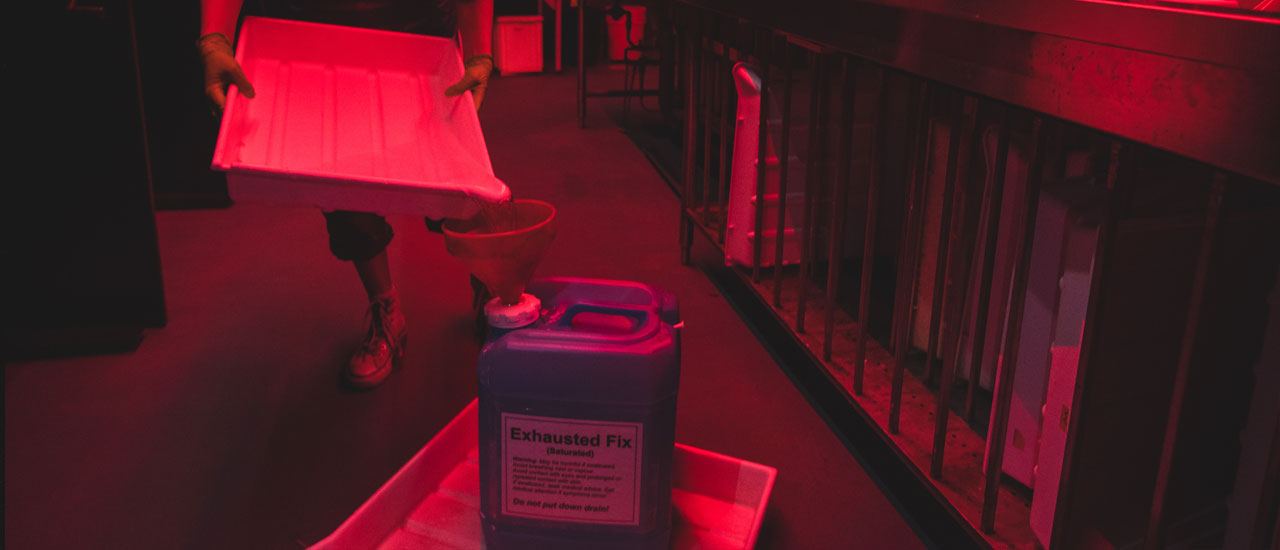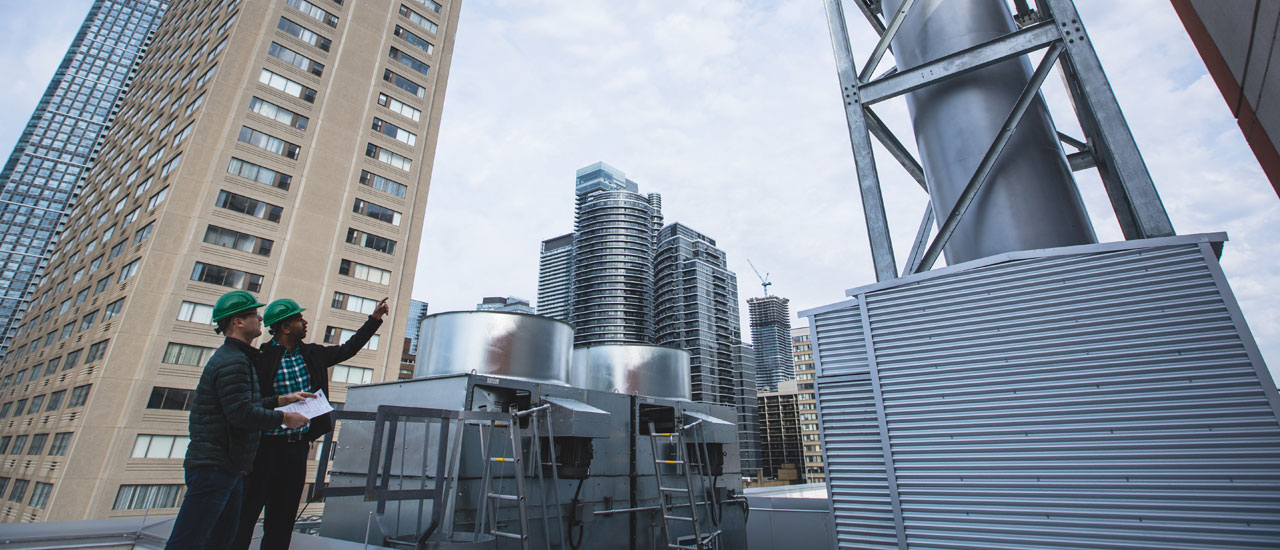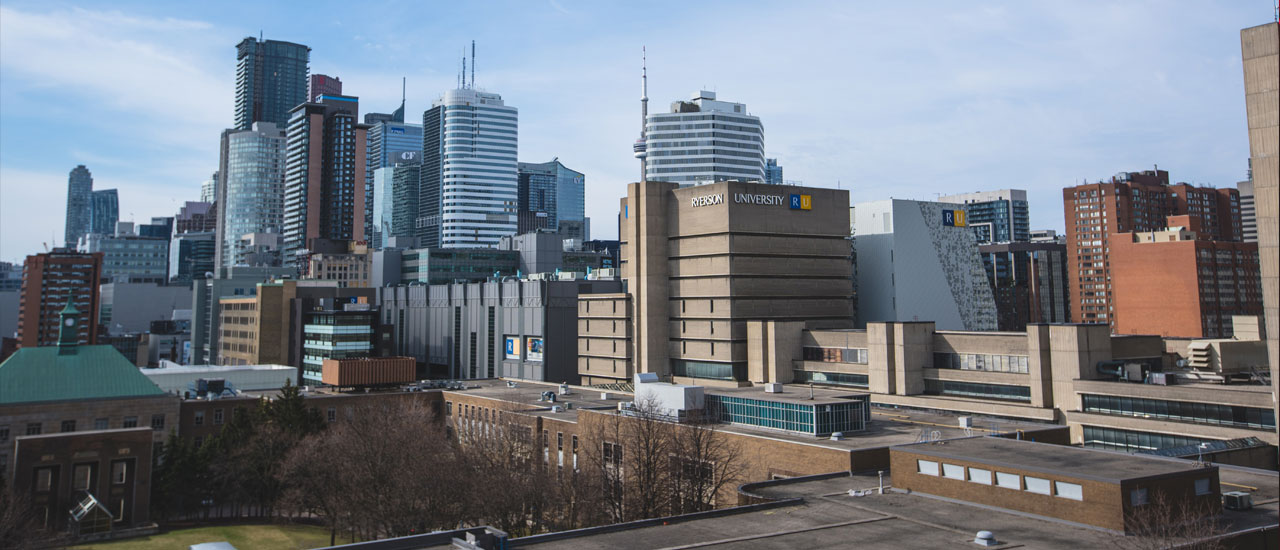Environmental Protection Performance

Chemical Safety Program

Ryerson University uses 17,000 chemicals in both its academic and research activities. To provide an institutional framework for the use of chemicals, EHS developed a comprehensive Chemical Safety Program based on extensive stakeholder feedback with three faculties who use chemicals most frequently:
- Faculty of Science
- Faculty of Communication and Design
- Faculty of Engineering and Architectural Science
The program fully aligns to the new WHMIS 2015 legislation that came into effect December 1, 2018.
Ryerson University uses 17,000 chemicals in both its academic and research activities.

A comprehensive safety program

Comprehensive chemical management
Manuals and procedures
Manuals and procedures
- (google doc) Lab safety manual (external link)
- (google doc) Standard operating procedures (external link)
- (google doc) Chemical safety manual (external link)
- Personal protective equipment manual
Training and instruction
Communications

Hazardous Waste Disposal

Ryerson University has approximately 500 wet labs, and shops, that use chemicals, biological and radioactive materials in academic and research work. Since 2015 EHS centrally manages hazardous waste at Ryerson, which includes ensuring environmental compliance.
With the growth of the university and an increase in research, both our volumes and cost of hazardous waste disposal have increased over the years. To address this evolving and growing need, in 2018 EHS negotiated two new waste disposal contracts that will result in cost savings over the next three years.
Ryerson University has approximately, 500 wet labs, and shops, that use chemicals, biological and radioactive materials in academic and research work.
Cost of hazardous waste disposal
The chart indicates that we have had increasing cost of hazardous waste disposal over the last three years as the univeristy grows.

Implementing new environmental legislative requirement: Environmental Activity and Sector Registry (EASR)

Recent changes to legislation allow lower risk emitters to bypass the lengthy approval process by the Ministry of Environment, Conservation and Parks, allowing universities to submit the same type of documents through an online system. This new process is called the Environmental Activity and Sector Registry (EASR) (external link) which comes into effect when the existing Environmental Compliance Approval (ECA) expires.
As part of Ryerson's EASR application, we will:
- assess all our emissions on campus
- conduct assessments for noise, odour, and air emissions
- in some cases, develop and implement mitigation control plans.
This work is underway, with the aim to have our EASR registered by the end of 2019.
The university dealt with three small spills in 2018.
What happened |
The environmental impact |
Prevention |
|---|---|---|
In two incidents, students used coloured dye to paint themselves and each other, while participating in frosh week activities. |
Both of these spills impact the environment in two ways - first, through discoloration, and second, when spills enter our waterways they have the potential for ecologically and water treatment system impact. “Impact” in the regulation is defined as anything that changes the environment from its natural form. |
The spills were reported to the legislators, and both the Ministry and City of Toronto were satisfied with the quick response and action from Ryerson on both spills. We also implemented controls to prevent future similar recurrences. |
Inadequately packed research packages containing biohazardous waste water were shipped to Ryerson. Due to biodegradation these packages combusted and created a spill. |
The spill itself had a biological impact, as did the residual of the disinfectant used to address the spill, which had to be disposed of carefully. |
This biohazardous event triggered a review of the overarching management of biohazardous materials used in research applications at the university. The Institutional Biosafety Committee will be implementing stricter controls for any work involving raw sewage and municipal wastewater in 2019. |
Work is currently underway with the aim to have the EASR registered by the end of 2019

Advancing environmental protection performance: Collaborating with Ontario universities

Ryerson launched an informal Ontario-wide universities environmental networking group. The group meets in person quarterly to discuss sector-specific solutions around sustainable environmental programs. This networking group has also featured guest speakers from the Ministry of Environment, Conservation and Parks, Air Emissions Experts and OECM.
Three meetings were held on campus with participation from:
- Brock University
- Guelph University
- Ontario College of Art and Design
- Queen’s University
- University of Ontario Institute of Technology
- University of Ottawa
- University of Toronto
- University of Waterloo
- Wilfrid Laurier University
- York University
Ryerson launched an informal Ontario-wide universities environmental networking group